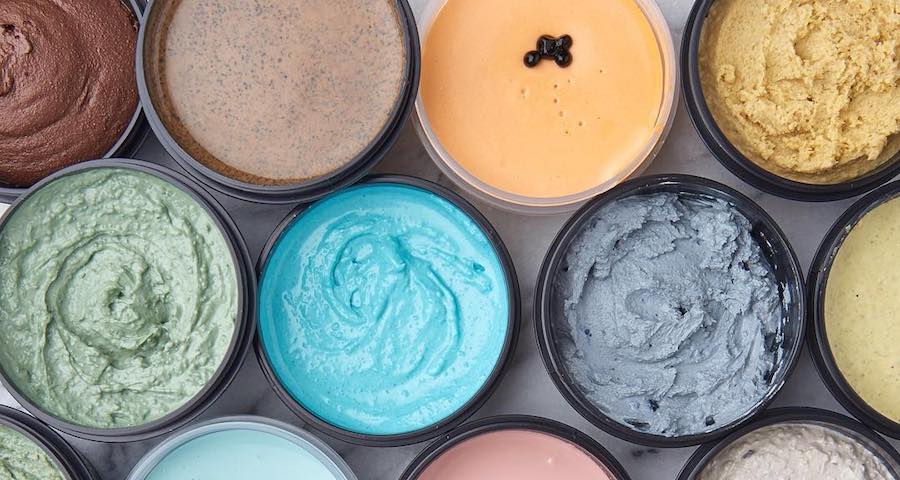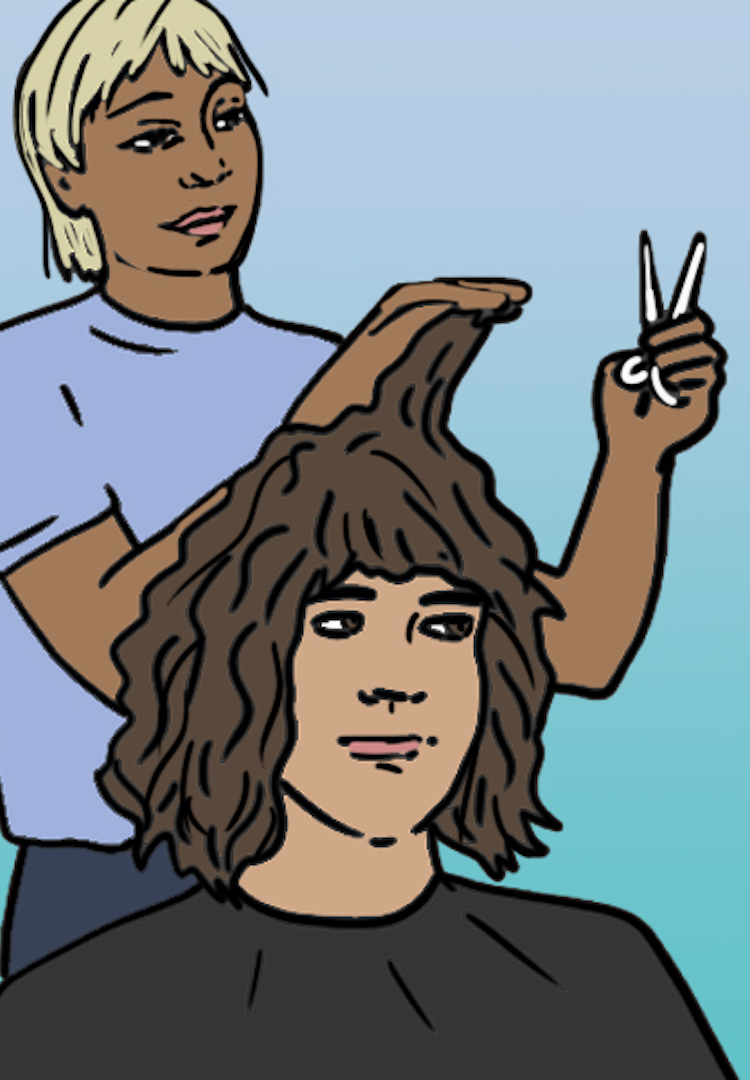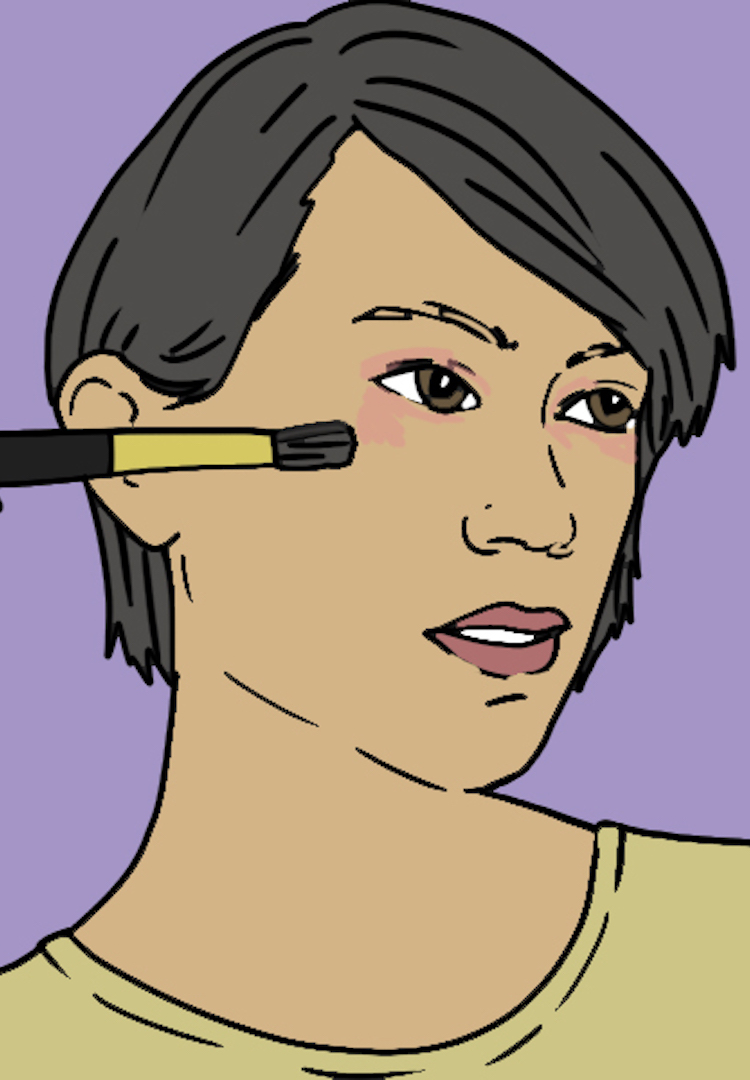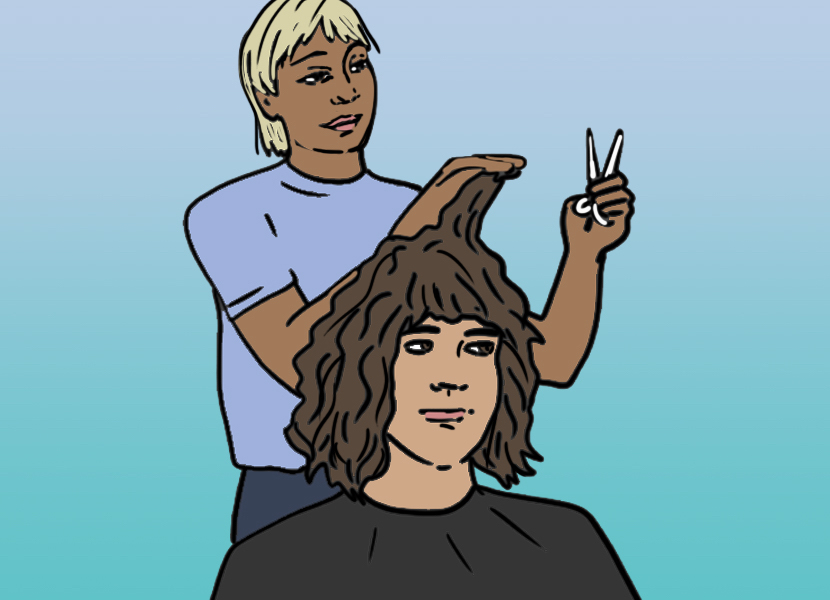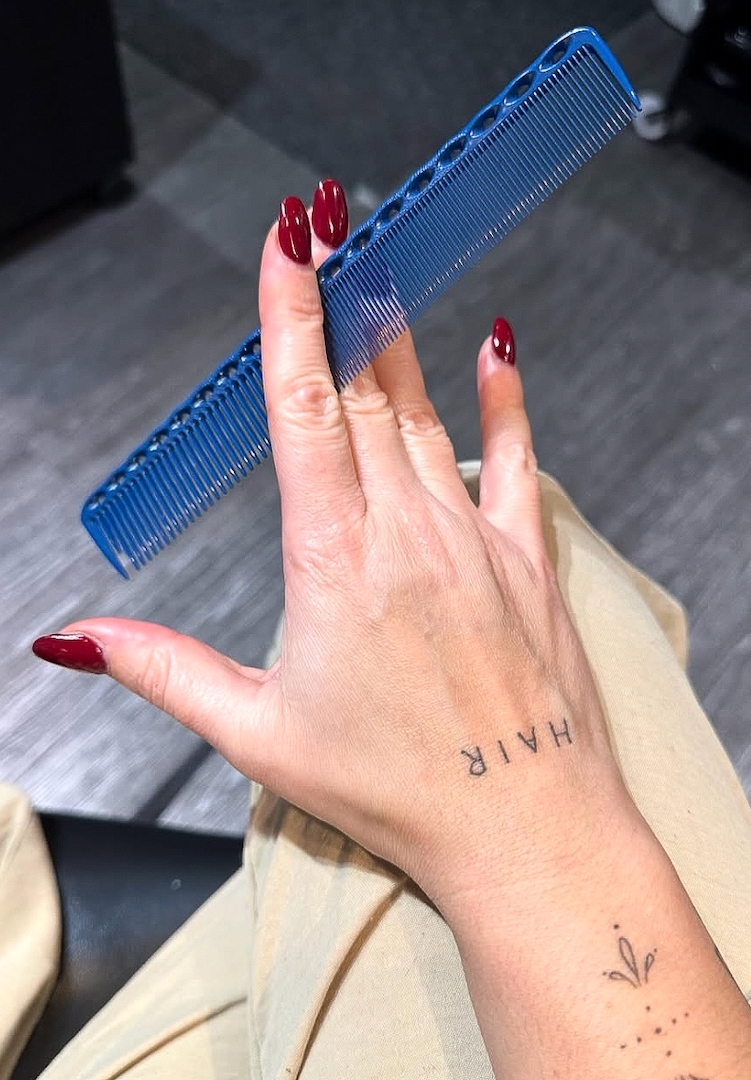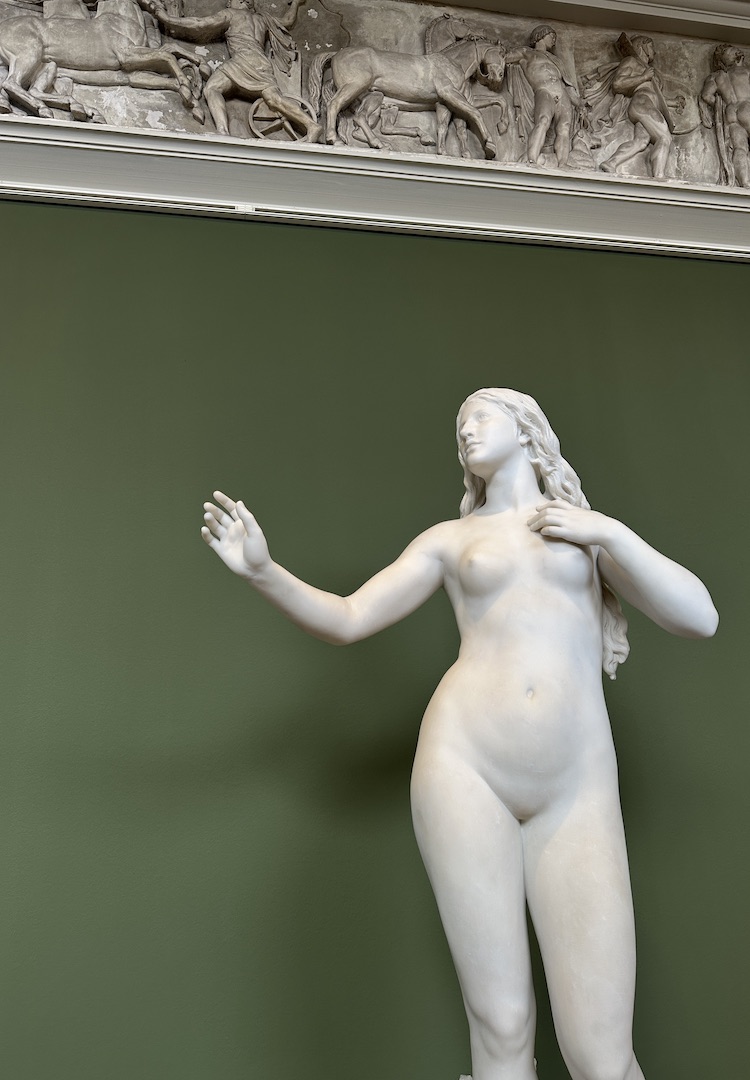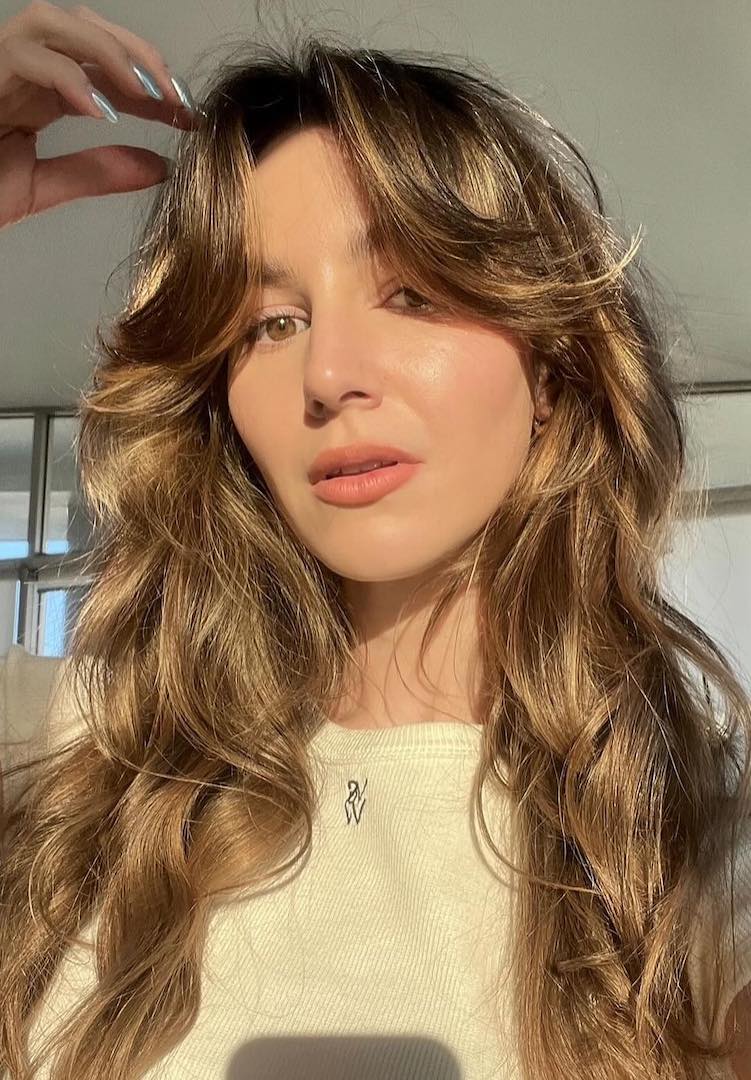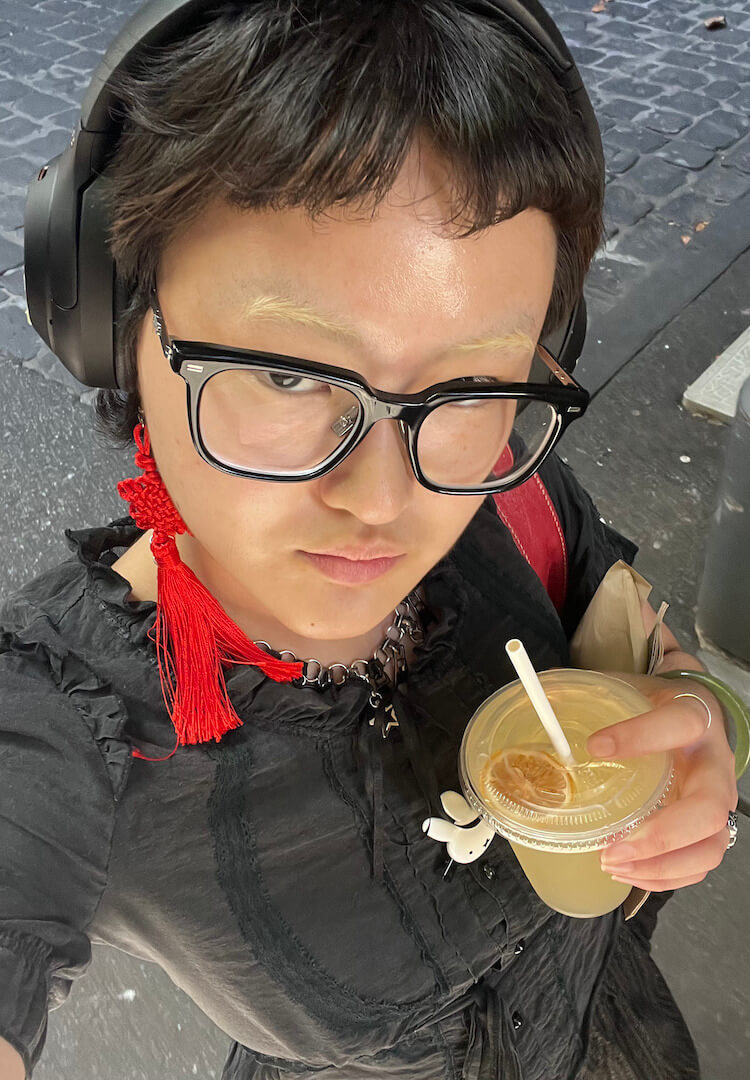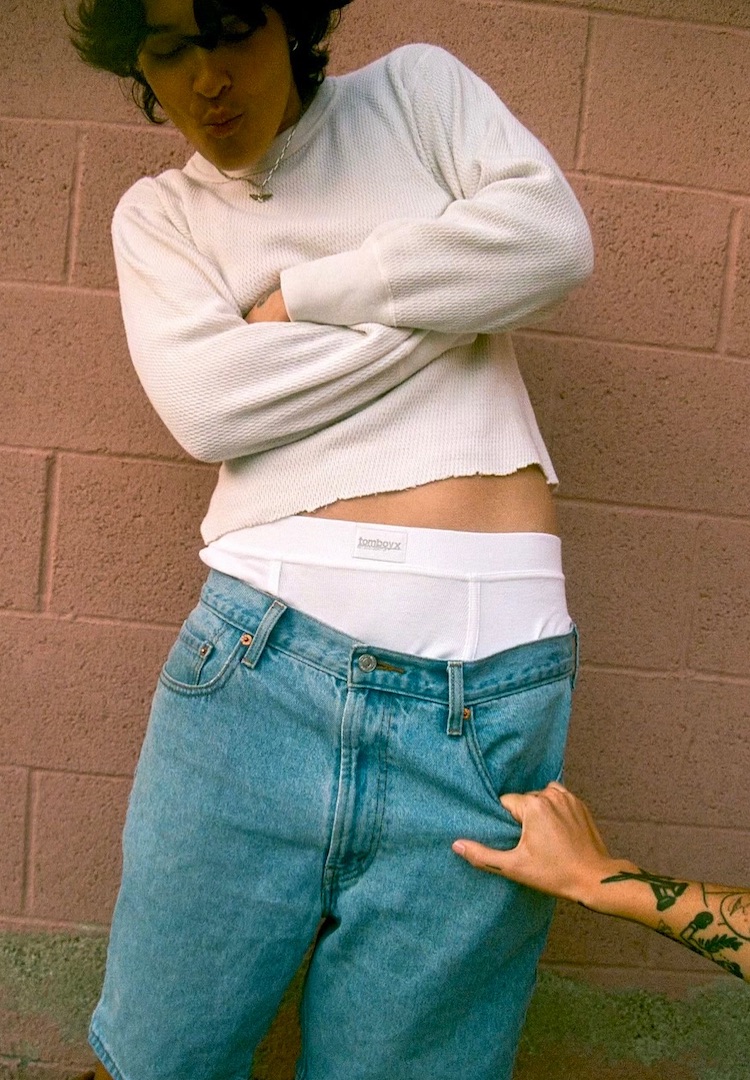Are gender-neutral barbershops the next frontier for the beauty community?
Illustration by Twylamae
Words by Jonti Ridley
Just ask the owner of one.
You walk in, get an appointment, have your hair cut and walk out. This is great in theory, but it can be an isolating and anxiety-inducing experience for those who don’t fall into gender binaries. How we see and understand gender is changing, but the binary divide still exists in the hairdressing world.
As someone who’s regularly experimented with the idea of gender, my hair has been an incredibly important way to represent myself. It wasn’t everything all the time, but it often reaffirmed my identity, connecting my inner self with my outer self.
Put simply, it’s nice to look the way you feel, whether that be it masculine, feminine or anything in between.
But finding the right person to action my vision proved hard. Although hair grows on your head no matter your gender identification, hair cutting and styling is an industry traditionally segregated along gender lines from the first point of contact. Apprentices are separated as hairdressers or barbers as soon as they begin their training and are taught accordingly.
Dividing training along the gender binary has had a domino effect on the industry. If you fall somewhere in the middle of the gender spectrum – or perhaps just prefer a cut outside of gender-specific styles – you may not have a huge number of options of where to go.
Little Rebel Barbershop is a gender-neutral hairdresser in Melbourne owned and run by hair stylist, hairdresser and barber, Rhiá Moulds.
After experiencing “a lot of sexism and not really fitting in” Rhiá considers the turning away of customers based on their gender unacceptable. This negative side of the profession they loved is where the inspiration for Little Rebel blossomed.
After completing their training in hairdressing and making the career shift into barbering, Rhiá witnessed a change of environment immediately. However, they never thought of barbering as a male space.
“I was working in a barbershop at the time, and it was male-only. So I had a set up at home where my clients who weren’t cis-male could come, because they weren’t welcome in male-only barbershops.”
Personally, I’ve walked into a barbershop and been turned away. It never made sense. I was asking for a men’s cut, why was I being refused that service? It’s an experience common to non-binary folk on both sides of the coin.
“We get a lot of guys coming in with long hair,” Rhiá says. “I remember the first barbershop I worked at, [the staff] didn’t know what to do, they couldn’t get their head around it. So I would do all the long haircuts.”
Rhia says that with the restructuring of hairdressing education, which now teaches the basics of both ‘men’ and ‘women’s’ cuts before students choose a specialty, the access will be greater.
There is no doubt a shift in the tide, with hairdressing education adopting the terms ‘long’ or ‘short cuts’ rather than by gender. However, this isn’t standardised or reflected in required readings or textbooks, and differs from teacher to teacher.
It’s unrealistic to enforce an entirely genderless way of speaking on a whole collective, or completely dismantle the segregation of gender in certificate types overnight. But as we adopt more open-minded thinking on the concept of gender and gender identities, it’s not a far stretch to imagine a reality where that’s possible.
Finding a ‘safe space’ in a barbershop may not seem like a necessity, but in a society that often makes you tick the ‘Other’ box, it’s a weight off the shoulders to not have to think about it.
It’s those who fluctuate in between the realms of ‘normal’ that find a community within places like Little Rebel Barbershop, in an industry than may have denied them otherwise.
So if you’re looking for your next haircut – I know just the place.
For those who don’t know what ‘non-binary’ means, you can read about it here or here.

